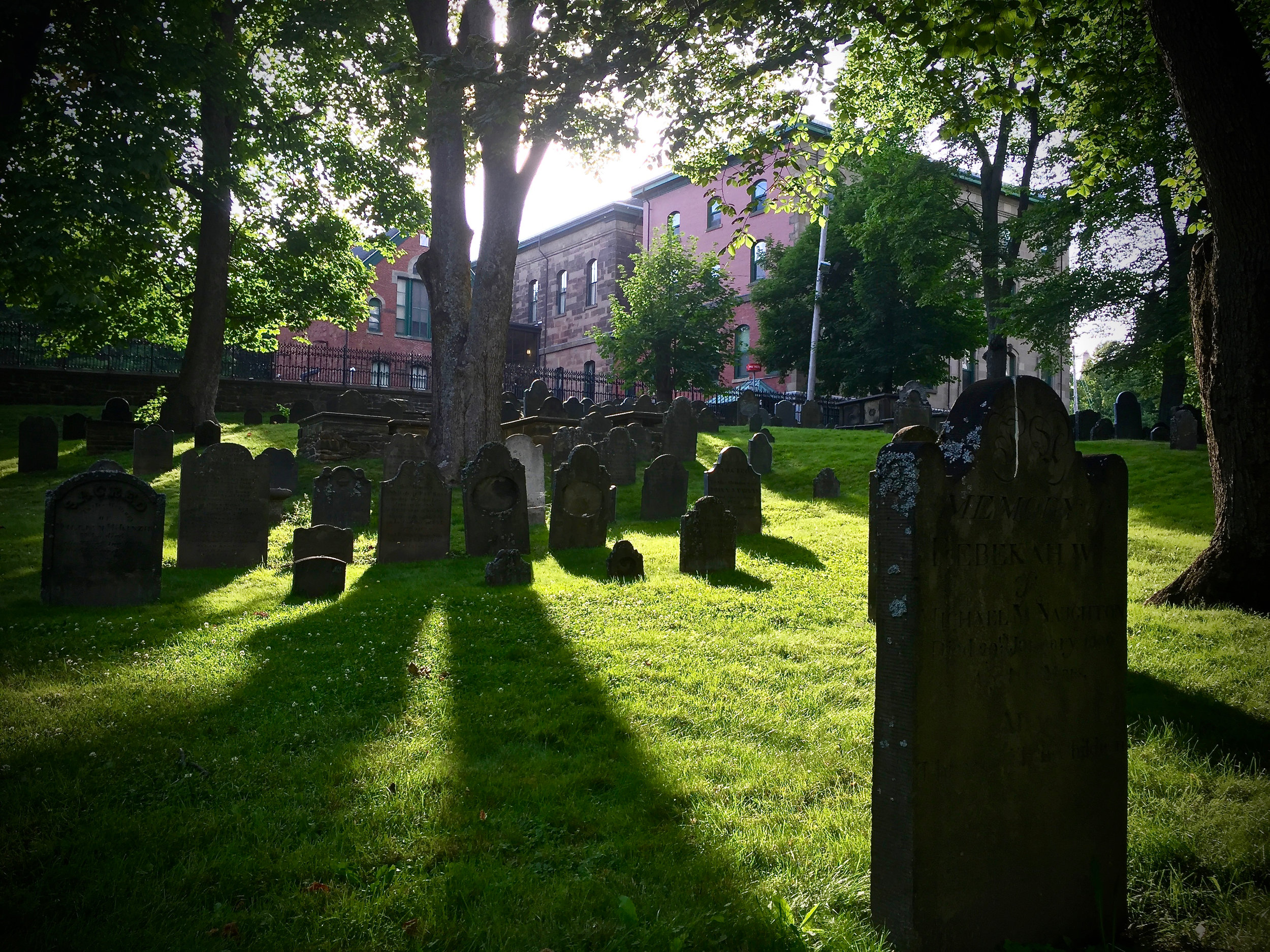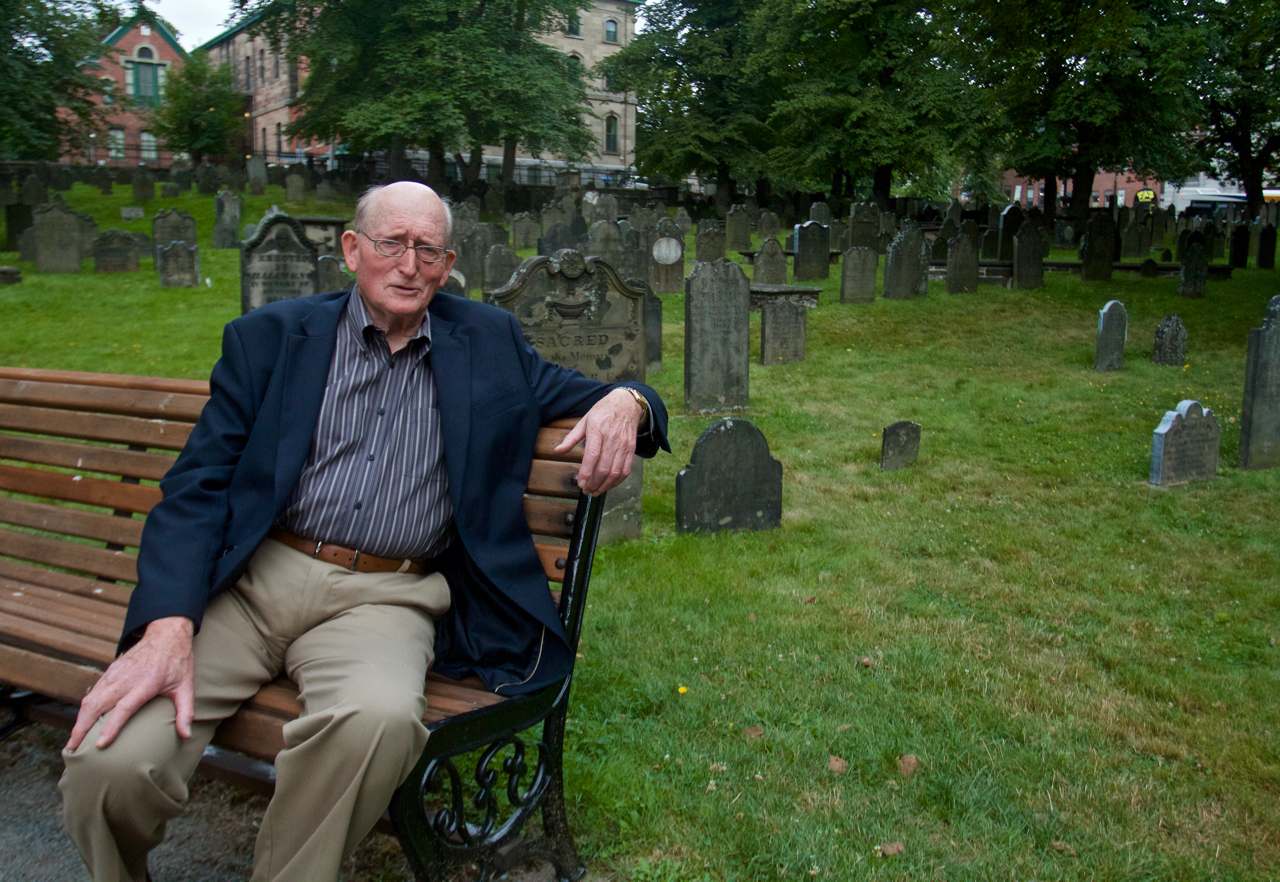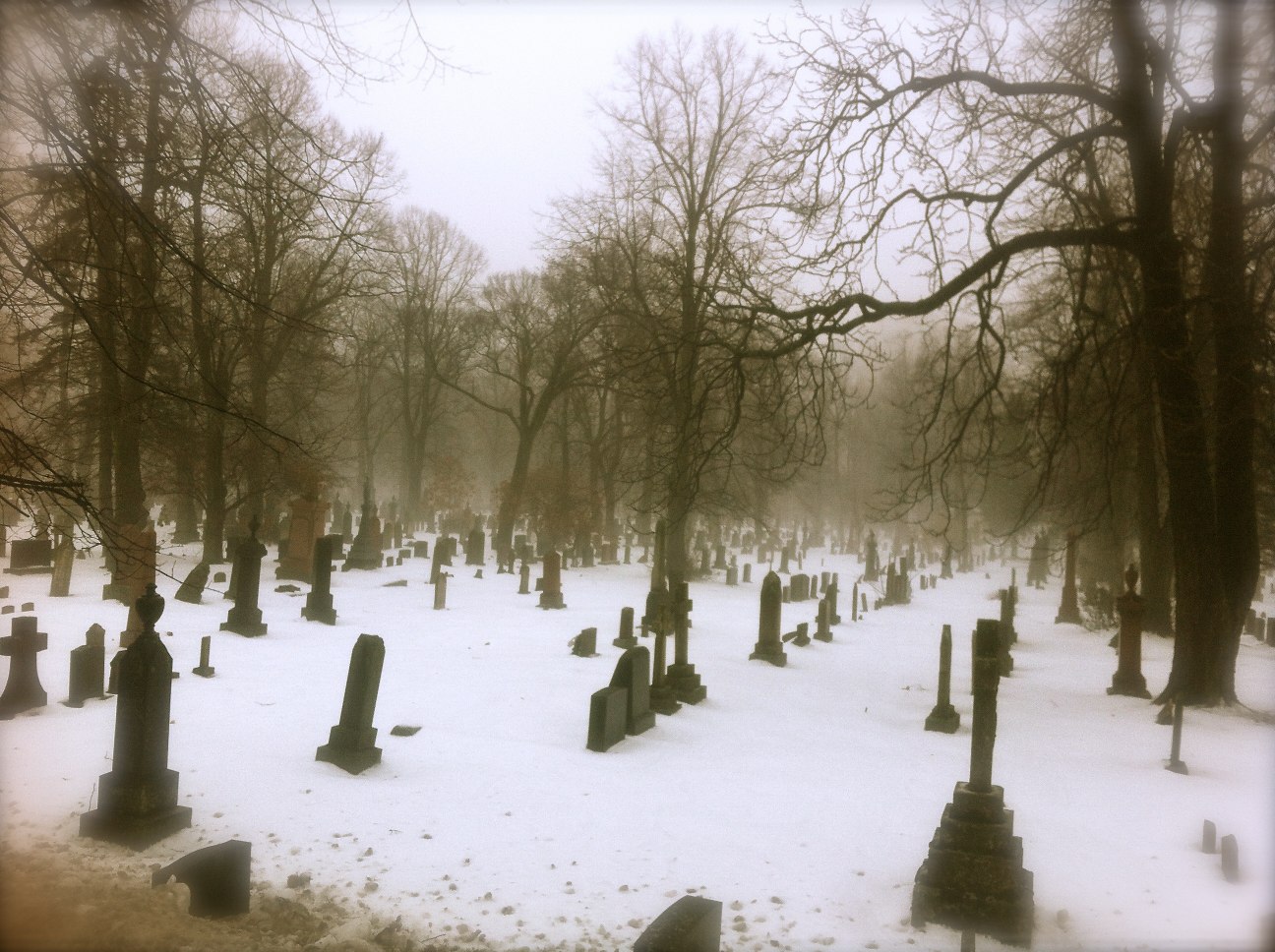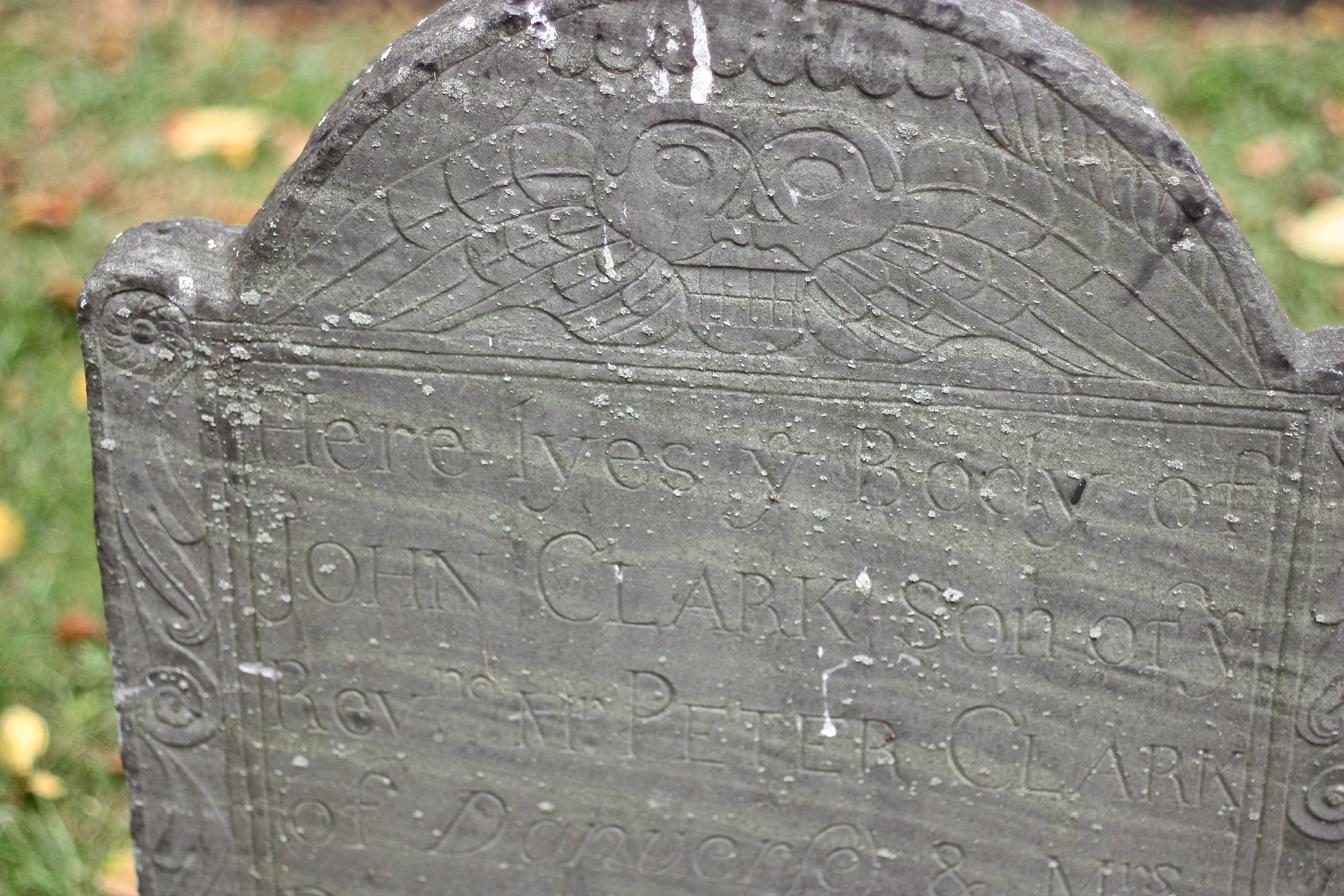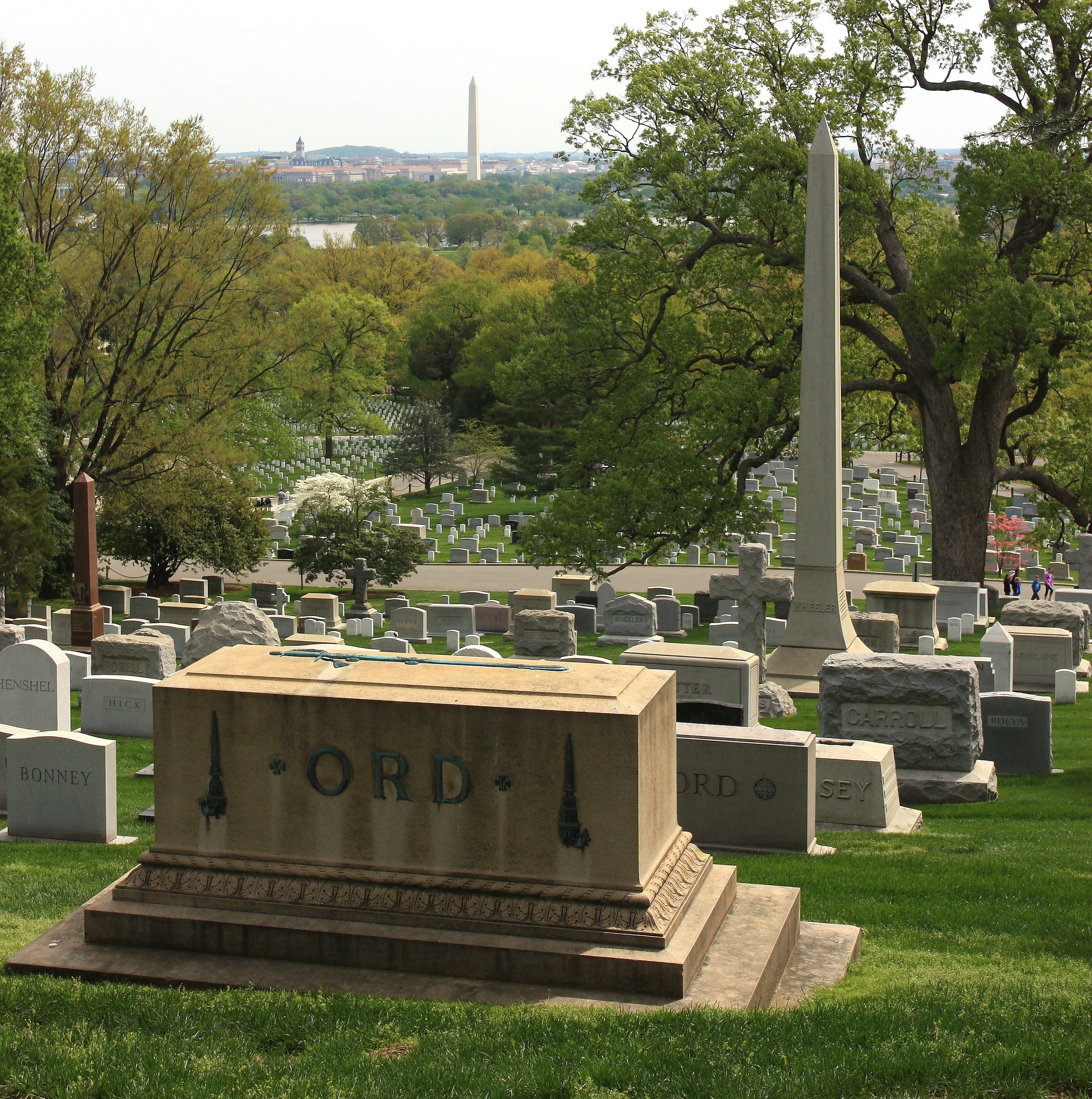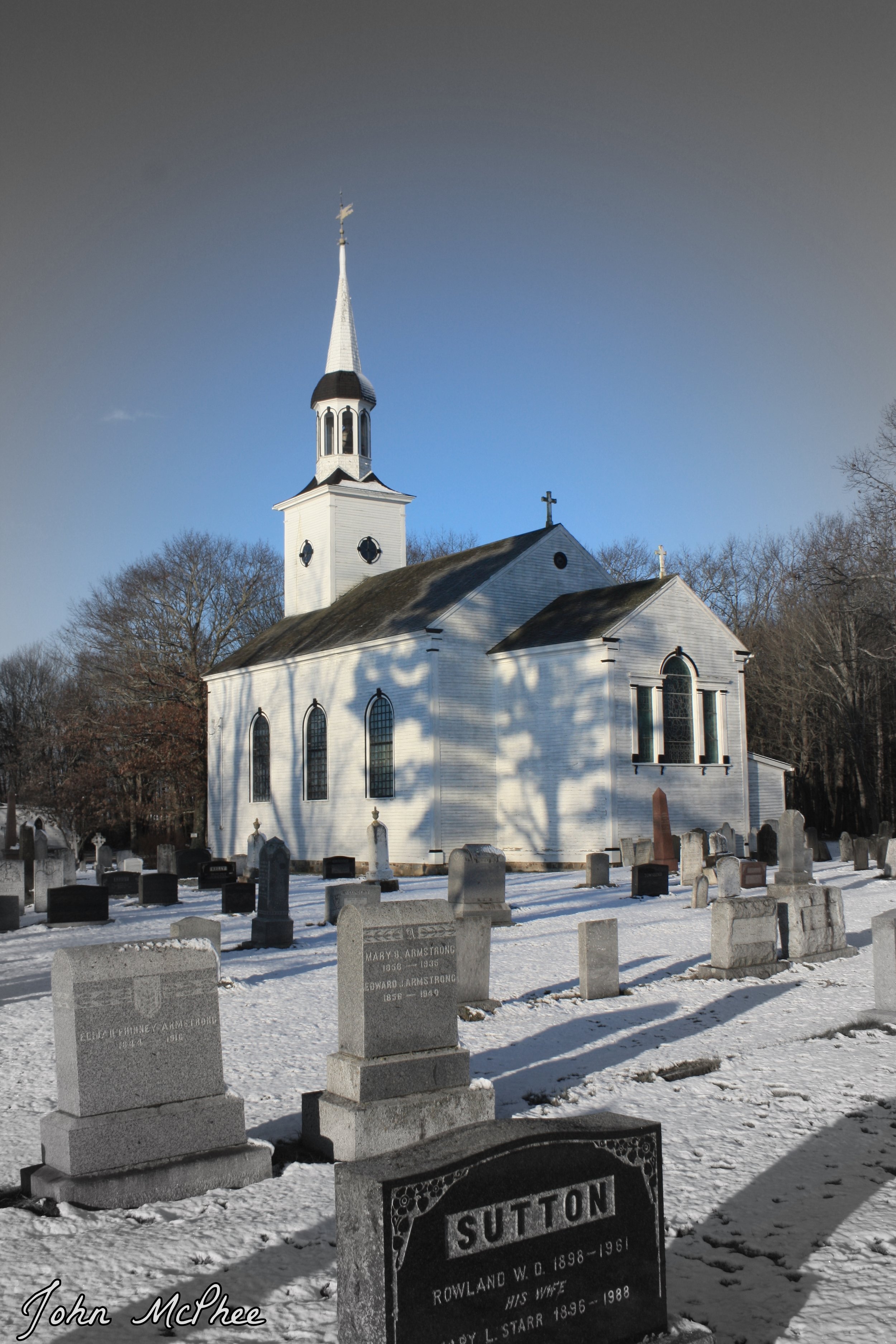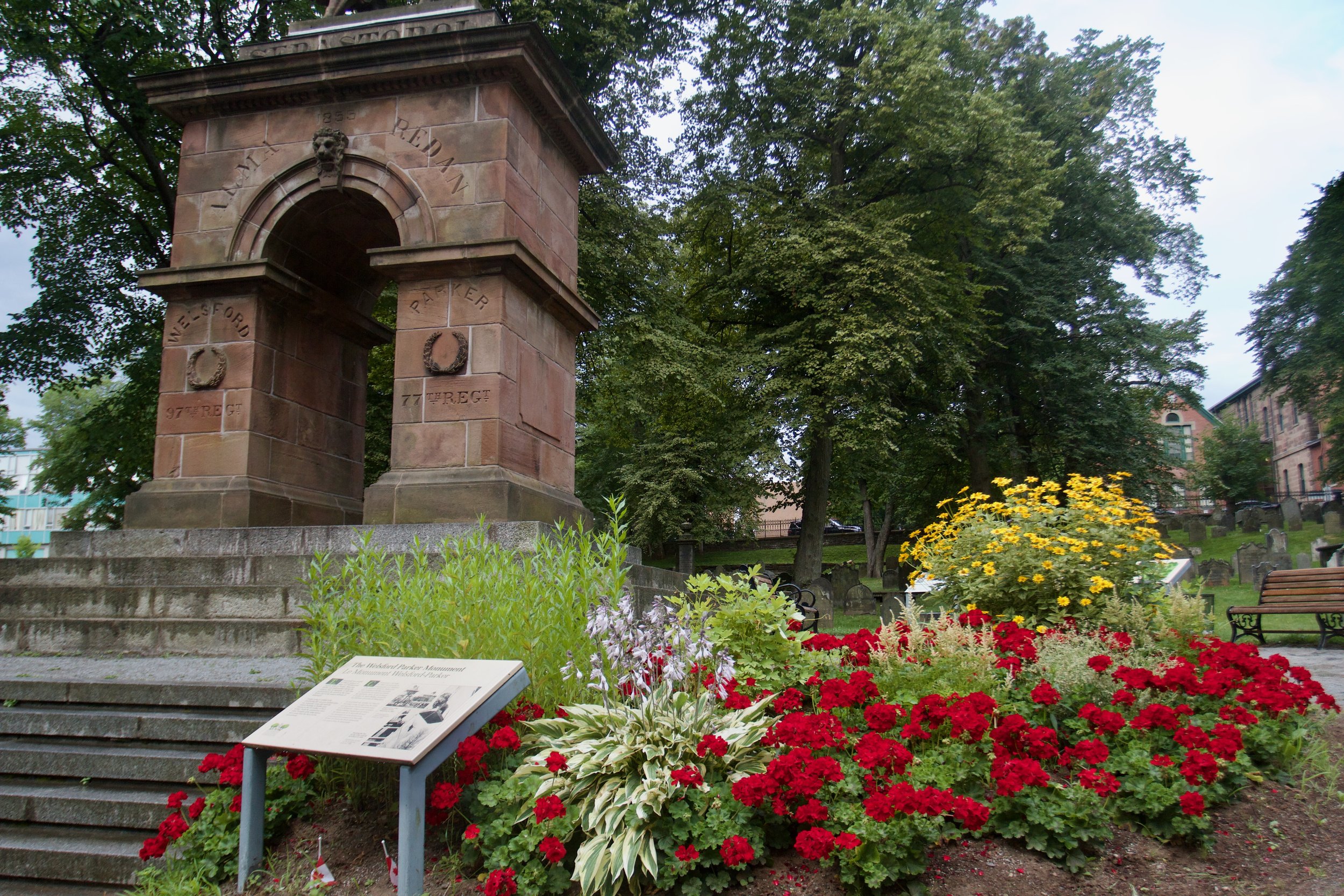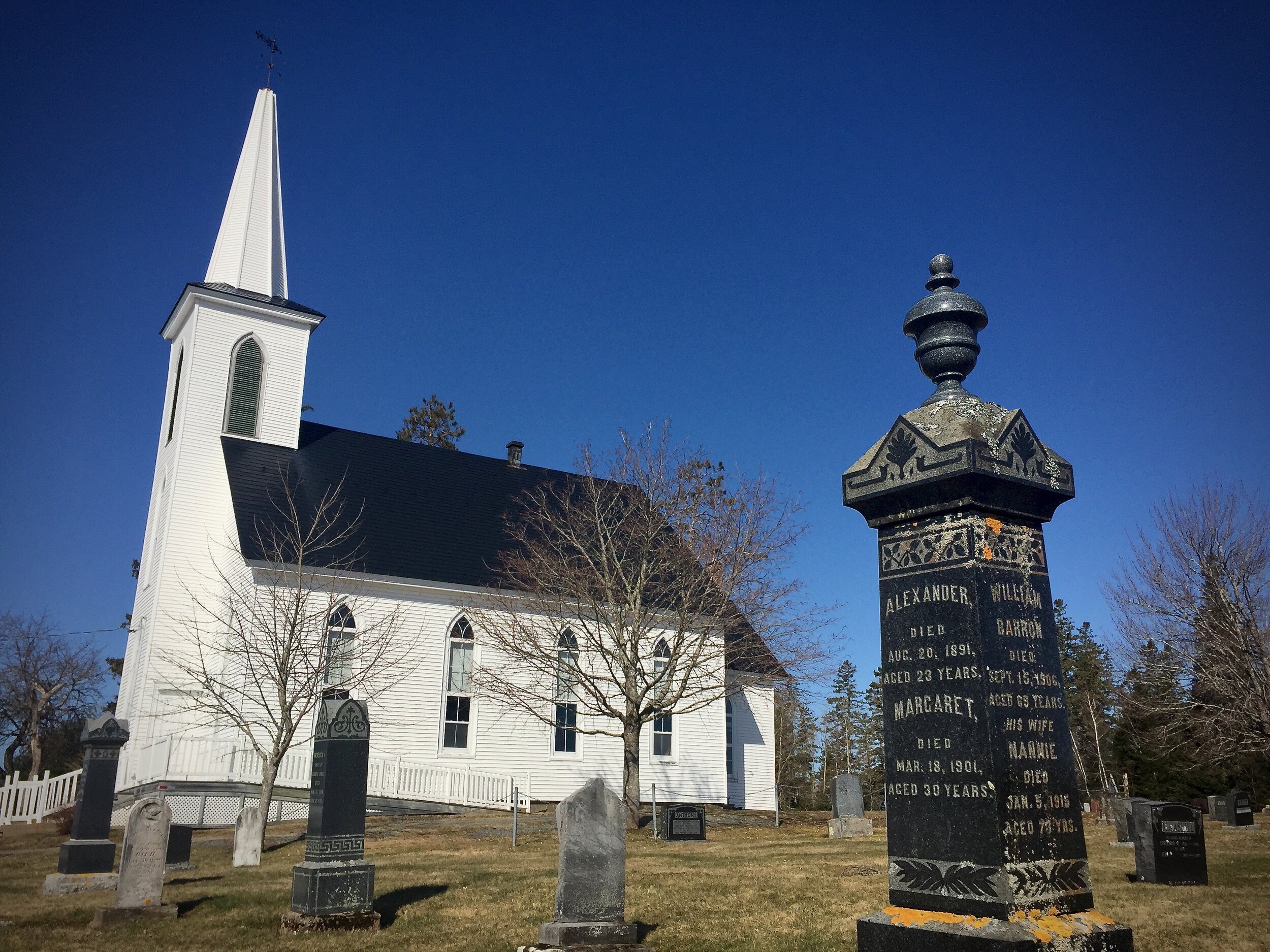In the company of the dead
/The living come with grassy tread
To read the gravestones on the hill;
The graveyard draws the living still,
But never anymore the dead.- Robert Frost, In A Disused Graveyard
The vibrant colours of early fall have yielded to the stark landscapes of winter.
The wind whispers through the barren branches. The autumnal sun that hangs low behind the trees casts long shadows upon the markers of the dead. It does little to warm our bones as we intrude upon the rest of those who lie beneath.
It’s a haunted time of year but have no fear — all is calm and peaceful as we walk these solemn pathways.
I'm particularly partial to the isolated churchyards that dot the countryside but even the ones in the middle of the city offer an oasis amid the blare of urban life. And in the spring and summer, they're great places for birdwatching.
Of course, there are many parks and green spaces where you can enjoy nature and some solitude. Obviously what sets cemeteries apart is the fact we’re keeping company with those who have gone before.
And there’s no doubt, death fascinates us. It’s a theme of religious and cultural traditions around the world. Today’s celebration of All Hallows Eve competes in popularity with traditional holidays, much to the chagrin of the faithful. The origins of Halloween can be traced to Samhain, the pagan festival of the ancient Celts, who believed the boundary between this world and the one beyond could be more easily crossed at this time of year.
Humans and related species such as Neandathrals have been burying their dead for at least 100,000 years. Before the practice became part of religious rites, it’s likely that interment was a health and safety issue — corpses attract wild animals that would be a threat to those still above the ground.
Created as a burial ground for French military forces, the Garrison Cemetery in Annapolis Royal was subsequently used by Acadians, the British military and the parish of St. Luke's Anglican Church. It contains the oldest English gravestone in Canada. (JOHN McPHEE)
My favourite cemeteries are the oldest ones. When I lived in Annapolis Royal in the 1990s, one of my regular haunts was the Garrison Cemetery on the grounds of Fort Anne National Historic Site. (Cultural interpreter Alain Melanson offers wonderful candlelit tours of the cemetery). This burying ground contains the oldest English gravestone in Canada, that of Bethiah Douglass who died Oct. 1, 1720.
The oldest cemetery in Halifax is the aptly named Old Burying Ground. Founded in 1749 at what's now the busy intersection of Barrington Street and Spring Garden Road, it was originally non-denominational. But even after it became affiliated with St. Paul’s Anglican Church in 1793, it was the only cemetery in colonial Halifax.
“From 1749 until about 1830, there was no other place to bury,” Bernard Smith, chairman of the Old Burying Ground foundation board, told me during a chat at the cemetery in the summer of 2016.
“Everyone who wanted to be buried were buried here. . . .
"There are Jewish people, there are black people, there are white people, Mi'kmaq, there are people from other aboriginal groups, naval, army, just plain civilians, there are bootleggers — all kinds of people."
The Old Burying Ground contains 1,310 headstones but the mortal remains of many more lie beneath.
The Old Burying Ground is a popular destination for those seeking genealogical and historical information. About 8,000 people visit the site each year. (JOHN McPHEE)
“In the 95 years of the cemetery's use, it received burials of approximately 12,000 people,” according to the Old Burying Ground foundation’s website. They included “parishioners of St. Paul's and St. Matthew's, members of the British Army, the Royal Navy, seafarers, travellers, and citizens of Halifax of other denominations.”
Among the notables who take up real estate on the 2.2-acre site include the British Major-Gen. Robert Ross, best known for leading the attack on and burning of the White House during the War of 1812.
Ross was buried in Halifax on Sept. 29, 1814, with high military honours after he was killed en route to the Battle of Baltimore two weeks earlier (according to Wikipedia, his body was preserved in a rum barrel for the trip.)
Some burials weren’t what you would call officially sanctioned, Smith noted with a chuckle.
“One of the reasons for the fence, which I’ve been trying to get some funds to improve, (was) to stop people burying at night. . . . They used to find a hole had been dug and filled in and they didn’t know who the heck it was.”
These nocturnal interments were done to avoid the fees that St. Paul’s began to charge after 1793, when it received title to the Old Burying Ground property. The cemetery was closed to burials in August 1844.
Two hundred and sixty-seven years after it was founded, money remains an issue at the Old Burying Ground. One of the main tasks of Smith and the other foundation members is to raise money for the upkeep of the cemetery, which was named a National Historic Site in 1991, the first graveyard in Canada to receive such a designation.
A country churchyard in kennetcook, nova scotia - JOHN MCPHEE
The foundation receives annual funding from the three levels of government but it also relies on public donations, said Smith, a chartered accountant and retired civil servant who emigrated to Canada from England in 1958. He became involved with the foundation upon the urging of then-mayor Ron Wallace, whom Smith worked with in the 1980s and remembers with great fondness.
"He said, 'I want you on the board of the Old Burying Ground,' and I didn’t argue with Ron! If he wanted me on the board, that was where I went."
Smith turned around on the bench to point out the low stone wall that encloses the site along with a lovely wrought-iron fence. "We've got terrible problems with this wall behind us," he said, estimating the repair bill at about $25,000.
The foundation's long-term goal is to transform the cemetery into a first-class green space while retaining the dignity of its original purpose.
"Do we want to hand (this site over) not to just the next generation but to the next six generations? . . . This is a special place."

